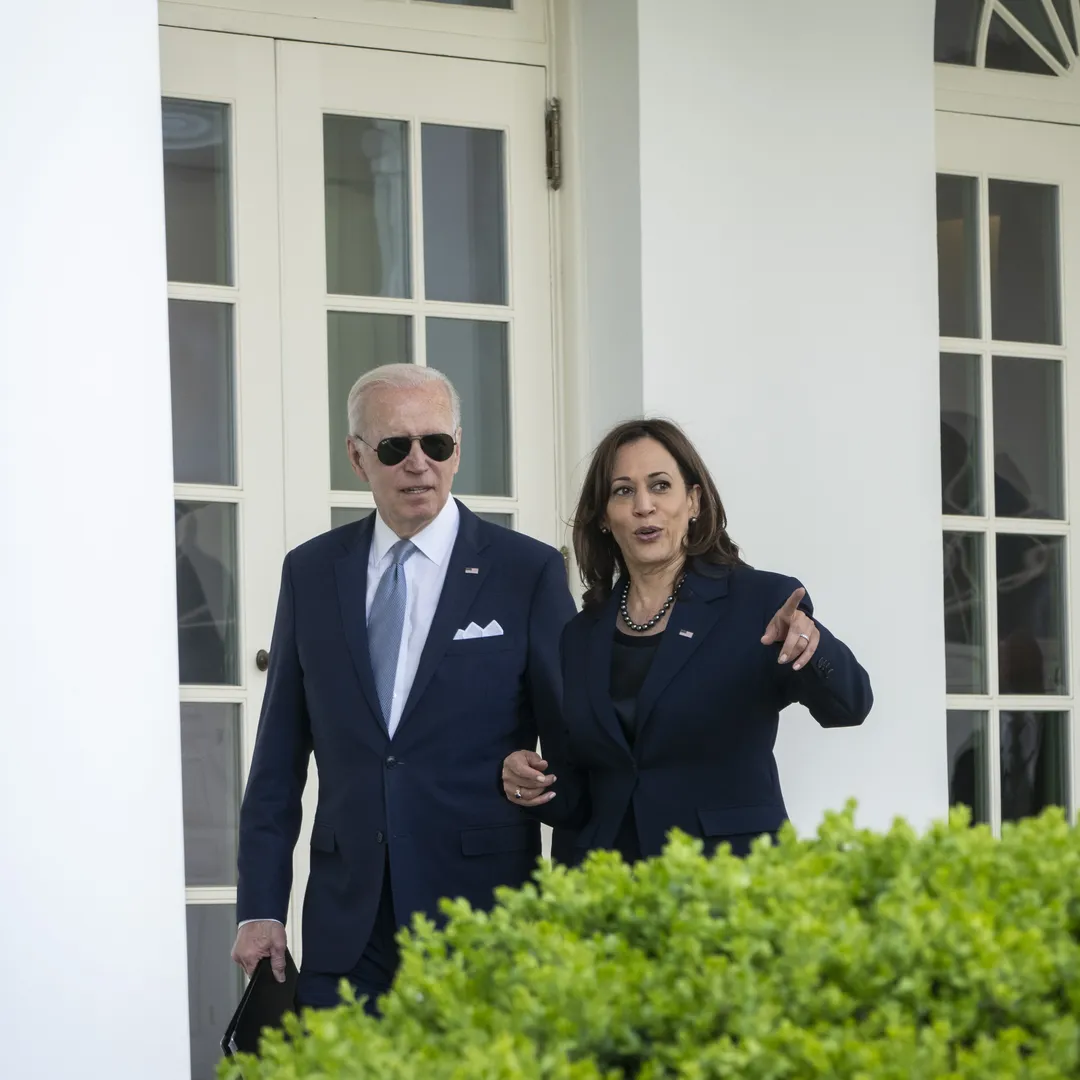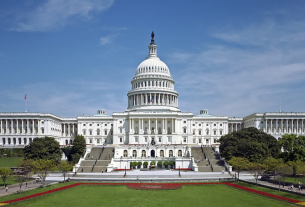Economic Recovery and Support Under the Biden Administration
In response to the economic fallout from the COVID-19 pandemic, the Biden administration implemented a series of measures aimed at stabilizing and revitalizing the economy. These initiatives focused on providing direct financial assistance to individuals and families, supporting small businesses, and facilitating broader economic recovery. Here’s a detailed overview of key policies, the amounts spent, and their impacts.
1. American Rescue Plan Act (ARPA)
The cornerstone of the Biden administration’s economic recovery strategy is the American Rescue Plan Act, enacted in March 2021. This comprehensive $1.9 trillion package includes several critical components:
- Direct Payments to Individuals: Approximately $410 billion was allocated for stimulus checks of $1,400 per person, benefiting around 160 million Americans. These payments were aimed at boosting consumer spending and alleviating financial distress.
- Unemployment Benefits: The plan extended unemployment benefits, providing an additional $300 per week to those affected by job loss. The total estimated cost for enhanced unemployment benefits was about $250 billion, assisting millions of unemployed individuals.
- Child Tax Credit Expansion: The expansion of the Child Tax Credit provided families with direct monthly payments, costing around $100 billion. This measure significantly reduced child poverty rates and supported family budgets.
- Support for State and Local Governments: Approximately $350 billion was allocated to state and local governments to help them manage budget shortfalls and maintain essential services during the pandemic.
2. Support for Small Businesses
To assist small businesses impacted by the pandemic, the administration implemented various initiatives, including:
- Paycheck Protection Program (PPP): Originally established in 2020, the PPP was extended and expanded under ARPA, with $7.25 billion allocated for new funding. This program provided forgivable loans to small businesses to help them retain employees and cover operational costs.
- Restaurant Revitalization Fund: Approximately $28.6 billion was allocated to support restaurants and bars affected by the pandemic. This fund offered grants to help cover expenses and facilitate recovery in the hospitality sector.
- Economic Injury Disaster Loans (EIDL): The administration provided additional support through EIDL, with billions allocated to help small businesses meet their financial obligations during the downturn.
3. Housing Assistance
To address housing instability exacerbated by the pandemic, significant resources were directed toward housing assistance:
- Emergency Rental Assistance: The American Rescue Plan allocated $21.55 billion for emergency rental assistance, helping tenants cover unpaid rent and utilities. This funding aimed to prevent evictions and support low-income households.
- Homeowner Assistance Fund: An additional $9.961 billion was set aside to assist homeowners at risk of foreclosure, providing support for mortgage payments and related costs.
4. Economic Development and Workforce Initiatives
Recognizing the need for long-term economic recovery, the Biden administration also focused on workforce development and infrastructure investments:
- Investments in Infrastructure: The Bipartisan Infrastructure Law, signed in November 2021, allocated $1.2 trillion for modernizing America’s infrastructure, including roads, bridges, broadband access, and public transit. This investment aims to create jobs and stimulate economic growth.
- Workforce Development Programs: Significant funds were directed toward job training and education initiatives to help workers transition into new industries, especially in clean energy and technology.
5. Overall Impact and Future Outlook
The economic recovery measures enacted by the Biden administration represent one of the most significant government responses to a financial crisis in recent history. The total spending under these initiatives amounts to over $5 trillion, encompassing direct assistance, business support, and infrastructure investments.
These efforts have resulted in a strong rebound in job growth, with millions of jobs created since early 2021. Unemployment rates have dropped significantly, and consumer spending has surged, helping to stabilize the economy.
Conclusion
The Biden administration’s economic recovery and support measures have played a crucial role in mitigating against the impacts of the COVID-19 pandemic. By prioritizing direct financial assistance, supporting small businesses, and investing in infrastructure and workforce development, the government aims to build a more resilient and equitable economy for the future. As the nation continues to navigate post-pandemic challenges years later, these initiatives are still vital in sustaining economic growth and ensuring that recovery benefits all Americans.



